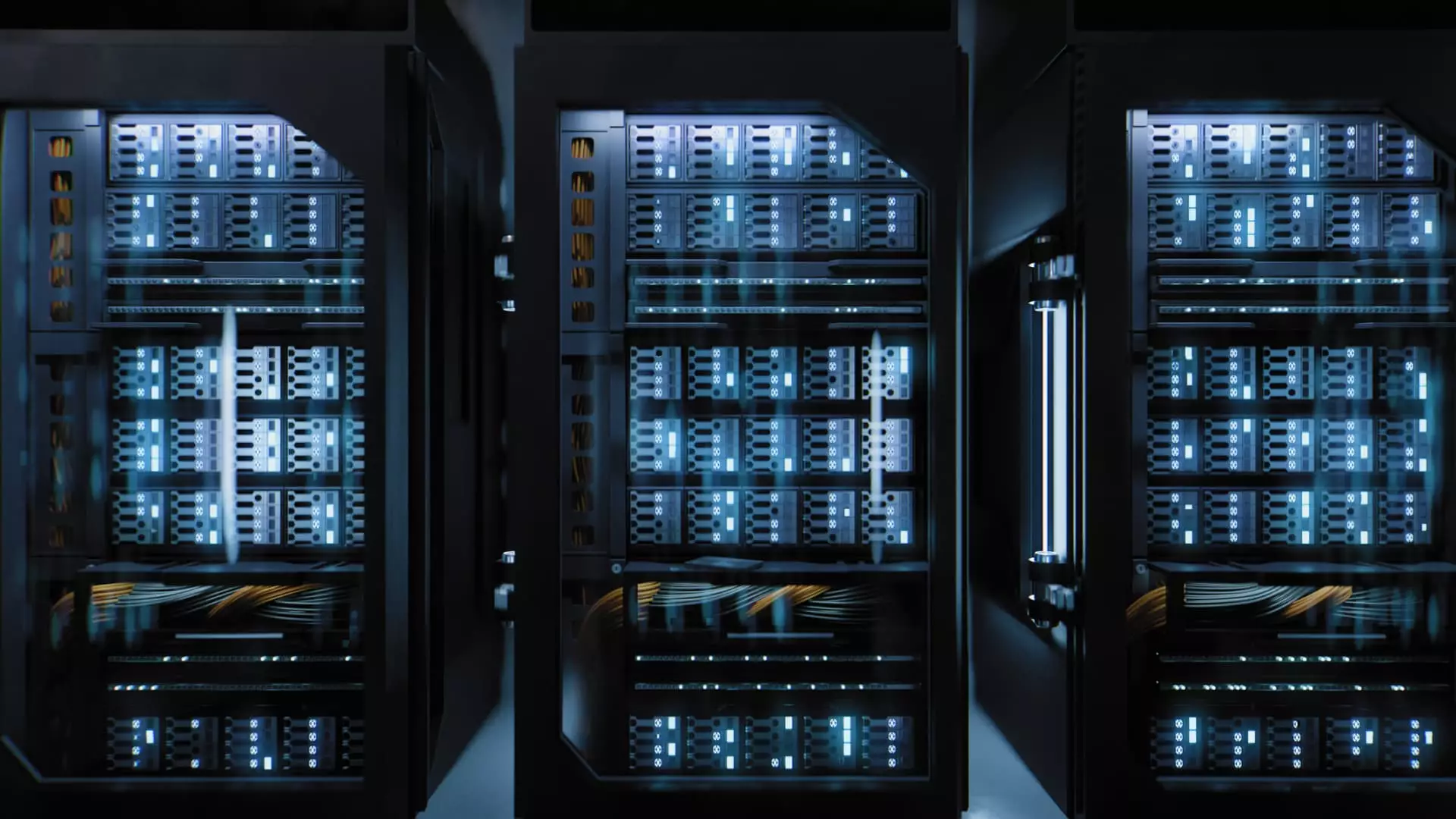Artificial intelligence (AI) is revolutionizing various industries, including technology, finance, and healthcare, but it’s also introducing significant challenges, particularly in terms of energy consumption and environmental sustainability. With a staggering 160% growth in data center demand projected by 2030, primarily driven by AI applications, there is an urgent need for European developers to reassess how these facilities operate. The transition to more powerful chips, like Nvidia’s high-performance GPUs, exacerbates existing issues related to energy use, heating, and cooling, which pose a considerable challenge to Europe’s ambitious decarbonization goals.
The recent surge in AI utilization has resulted in an insatiable appetite for power, especially within data centers that deploy advanced graphics processing units (GPUs). These chips are vital for training complex AI models, demanding high-density computing that generates significant heat. Recent assessments indicate that a single square meter of data center equipped with AI technology could consume as much energy as 15 to 25 average homes, an eye-opening statistic that emphasizes the pressing nature of energy management in tech infrastructure.
Cooling solutions, critical to maintaining operational efficiency, must evolve to accommodate the demands of these chips. Currently, high-powered GPUs require cold water for effective cooling, a departure from older methods that employed air cooling. This shift will inevitably rise as organizations transition to “liquid cooling” systems designed to operate efficiently at higher temperatures.
European Data Center Association (EUDCA) chair Michael Winterson forewarns that pressure from U.S. chip manufacturers to adapt facilities for higher water temperatures could undermine years of progress in sustainability. By requiring colder water to cool their powerful AI chips, companies may inadvertently push Europe back towards less environmentally-friendly practices reminiscent of the era preceding modern regulations.
The European Union (EU) has set ambitious targets for energy efficiency, aiming for an unprecedented 11.7% reduction in energy consumption by 2030. However, projections suggest that energy demands from data centers could increase by as much as 28% or more, intensifying pressures on already strained resources. The realization that AI technology can triple these projections paints a grim picture, revealing a conflict between technological advancement and environmental stewardship.
The energy efficiency discourse within the EU has integrated deeply with the operations of data centers, which are now required to openly report their power consumption. This newfound transparency places additional pressure on organizations, emphasizing the need for sustainable and efficient energy use. Companies like Schneider Electric engage closely with the EU to explore sustainable energy solutions tailored to AI data centers. Their findings suggest that while more energy will be required, optimizing Power Usage Effectiveness (PUE) must remain a priority to ensure that rising energy demands do not equate to worsening environmental impacts.
The dialogue surrounding prime power sourcing for AI data centers has gained momentum, leading to collaborations with utility providers to refine energy usage efficiency. Innovative cooling technologies are critical to meeting both power demands and environmental regulations, underscoring the complex balance organizations must strike amid evolving tech landscapes.
As the industry adapts to these challenges, operational strategies must embrace new technologies such as liquid cooling. While the initial costs may be higher, the long-term benefits promise to offset these expenditures as efficiency improves over time. Nonetheless, the construction of new data centers necessitates substantial investments in sustainable technologies from firms eager to leverage AI advancements without compromising their environmental responsibilities.
European data center operators find themselves in a race against time, especially with increased competition from U.S. entities seeking to establish sustainability-focused infrastructures in the region. Stakeholders must prioritize carbon neutrality while effectively managing water resources and biodiversity. To achieve these objectives, operators need to demonstrate that their knowledge and practices align with the EU’s sustainability goals.
The intersection of artificial intelligence and data center operations presents both invaluable opportunities and formidable challenges. As technology continues to disrupt conventional paradigms, careful planning and diligent execution of sustainability measures are essential to avoid a regression into obsolete practices that harm the environment. As stakeholders grapple with energy consumption levels and evolving regulatory landscapes, the critical question remains: can Europe strike the delicate balance between fostering AI innovation and maintaining a commitment to ecological sustainability? The answer to that dilemma may well determine the future of technology in the region.

